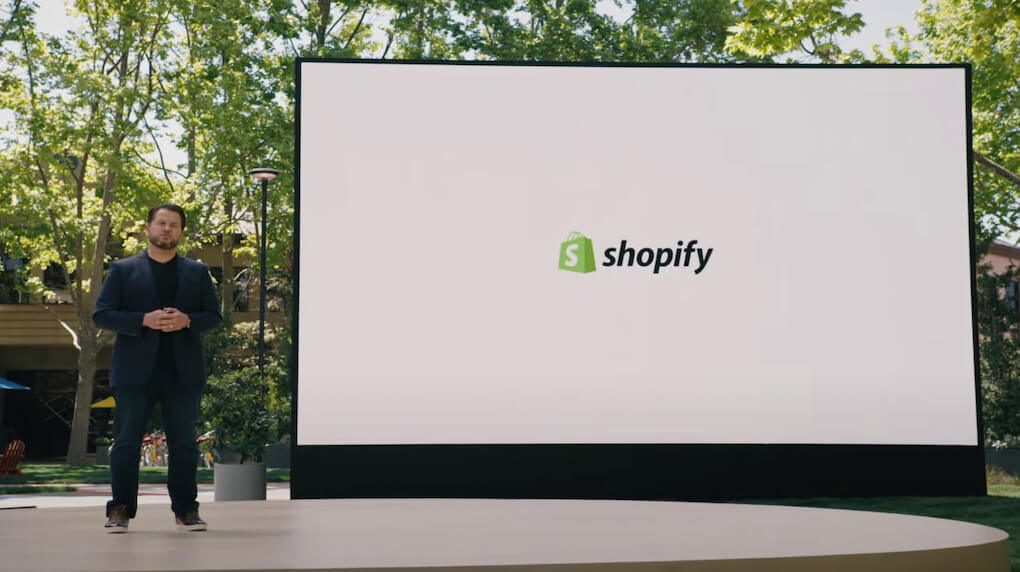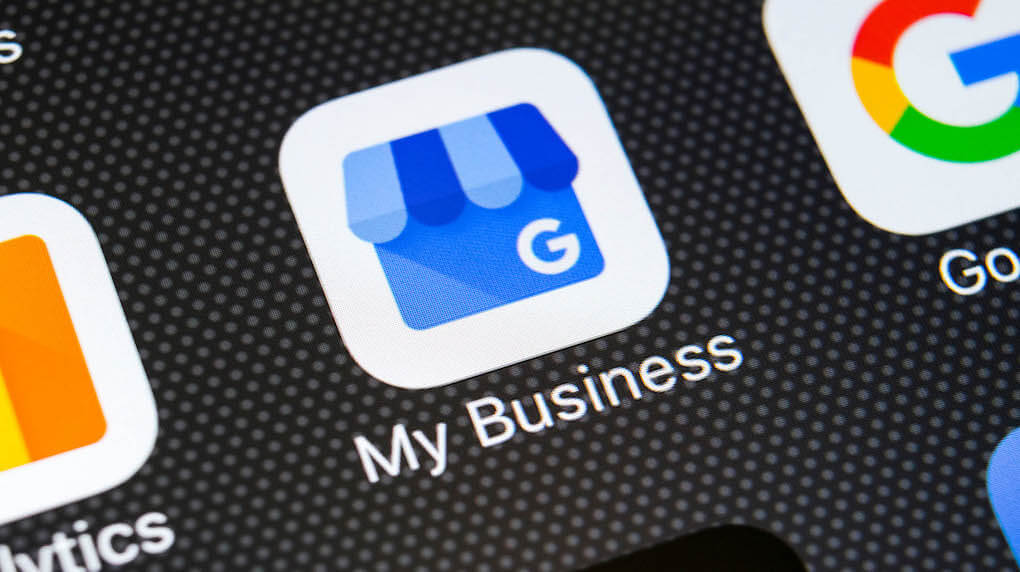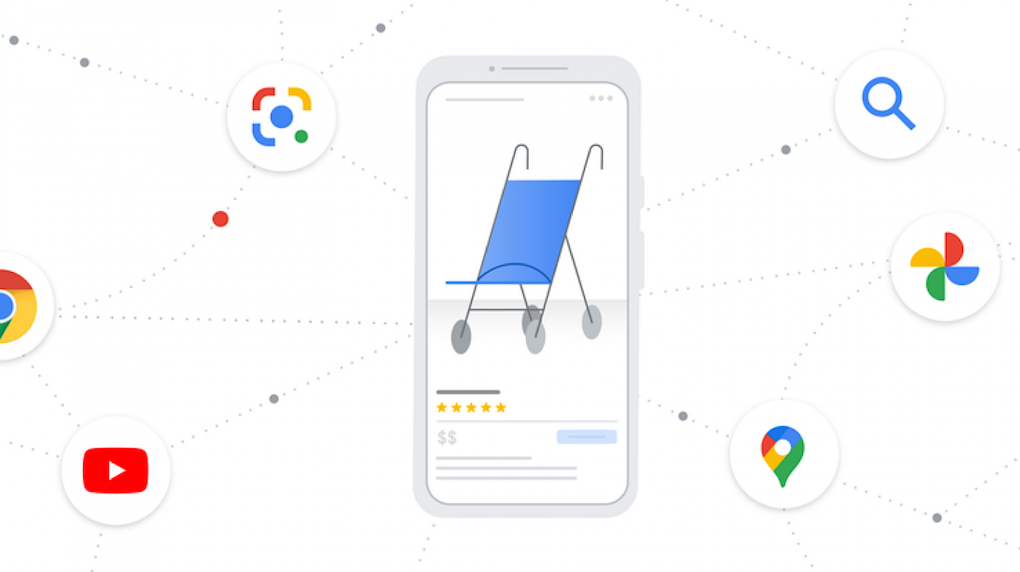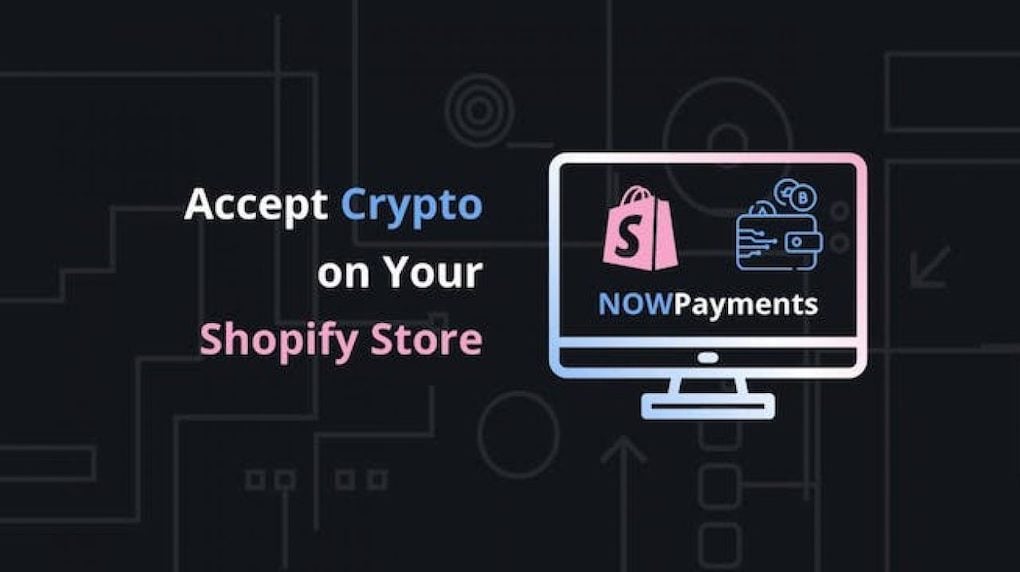If you’re in the eCommerce business, Shopify needs no introduction.
With over a million businesses worldwide using the platform to power their online storefronts, they’ve shown industry giants like Walmart and Amazon that they cannot be ignored. In fact, they continue to build strong partnerships to cement their position as an indispensable part of the online shopping world.
For businesses using Shopify, that’s great news — you’re on a platform dedicated to pushing its limits, with a front-row seat for the future of eCommerce.
The trick is to properly leverage their growing list of tools and partnerships for your business to thrive.
To keep yourself up-to-date, here are three upcoming Shopify changes to keep an eye on, including a Google Partnership that could radically affect your Shopify marketing:
Expanded Google Partnership
At their May 2021 I/O event, Google announced an expanded Shopify partnership that stands to change how you use both platforms for the better. If you’re looking for earth-shaking updates to your Shopify system, this is the one to watch.
While the details are forthcoming, it’s important for marketers to plan ahead. We can look at Shopify’s past and current relationship with Google ads for an informed idea of what will change.

The Shopify data gap
Historically, early businesses on Shopify had a hard line between developing and marketing for the platform. A dev team would build a Shopify store for a business, then marketing would step in to build a campaign around a finished system.
For companies looking to grow, this was a problem.
As the platform has evolved, both Shopify and their users have tried to bridge this gap. At Major Tom, having both development and marketing teams under one roof has helped us approach the problem holistically for our clients — developing Shopify platforms that synergize with marketing strategy, and building that strategy around developer insights into the platform.
Shopify’s growing set of in-house ad plugins have also done their part to help. However, they come with significant administrative overhead: an extensive verification process at multiple stages of account setup, manually linking your Google Business Account (and sub-accounts) with Shopify, and shuffling data back and forth between the two systems throughout your campaigns while you analyze and adjust your marketing approach.
In practice, that means dozens of hours of busywork, and unavoidable time spent combing manually through your data for the insights you need to improve your marketing tactics or your Shopify setup.
That’s where we imagine the expanded partnership with Google will enter the picture.
How Google can help
First, we expect a much more efficient, one-time setup process while integrating your Shopify and Google Business accounts.

Google wants as many consumers as possible finding products through their shopping platform, and making that happen means simplifying the setup process for businesses to get as many of them involved as possible. As a consequence, we imagine that first-time account setup will cover more, be more efficient, and work better as your platform grows.
Just as importantly, you could see seamless and automated data sharing, with information from both your ads and storefront quickly fed into and analyzed by Google’s powerful AI tools.
Better ROAs with automation
This deeper data integration would have a few implications for your store. For starters, it could mean instantly optimized shopping campaigns.
Imagine automatic retargeting based on where customers have browsed in your store, with your products being fed directly into a Google comparison shopping engine, rather than having to manually adjust your approach for ads, search results, or product listings.
Ready-made insights into store performance

Depending on the amount of consumer browsing data that Shopify can feed to Google, they should also be able to automate much of the analysis you’ll need to understand your store’s performance.
Think of Google pointing you in the direction of high- or under-performing products automatically, telling you which products to target with an evolving campaign, or identifying where specific images and descriptions need improvement, for example.
With Google’s access to larger sets of browsing data, this could even be used to guide consumers to specifically selected products — a preferred shirt colour, or design, or sleeve length. All of this would likely involve micro-formatting your store’s data feeds, and/or a direct Shopify to GTM connection.
In other words, a more deeply-integrated partnership should eliminate much of the manual analysis and admin involved in marketing for your store. Used properly, it should allow you to be more effective and efficient with your time and ad spend.
More options for NFT Integration
Whether you think of them as a flash in the pan or your next eCommerce cash cow, NFTs have grabbed the attention of consumers, collectors, and experimenters alike. In a push to bring them into the mainstream, NFT solutions provider Sweet has announced the integration of its NFT distribution platform into the Shopify marketplace.

What does that mean?
For NFT-curious businesses, it will let you offer your customers NFT purchases within your own storefront, rather than having to redirect them to a third-party platform. It opens the door to a la carte NFT add-ons, rather than having to approach those purchases as a separate arm of your business.
In their press release, Sweet’s CTO Ken Ellis discussed some of the possibilities, including gamified NFTs as a surprise gift-with-purchase, or NFTs bundled with limited edition physical goods as a digital certificate of authenticity.
We will see more and more innovative marketing campaigns using NFTs, and Shopify is helping to make that happen. Whether you’re interested in NFTs or not, it is certainly a topic marketers should stay up-to-date with.
Flexible, consumer-friendly crypto
While there’s a bigger discussion to be had about the pros and cons of accepting cryptocurrencies in your storefront, they can’t be ignored as they move increasingly close to the mainstream.
Crypto payment gateway NOWPayments is hoping to accelerate that shift with expanded plugins for both WOOcommerce and Shopify.

For companies looking to accept cryptocurrency on Shopify, those will mean more options than ever. More compatible types of coin at checkout, for example — with the addition of Cardano, NOWPayments claims compatibility with over 50 types in total. Or, being able to convert more easily between currencies. Most importantly, NOWpayments allows seamless integration of those options directly into the Shopify checkout process.
The one constant is change
Time will tell how these integrations take shape, and what your business will need to make the best use of them.
For now, we’re keeping our eyes on the road ahead as it comes into focus, so we’re ready to guide clients through these changes in real time.
To stay up-to-date with the latest in this space, be sure to subscribe to our Mercury blog.